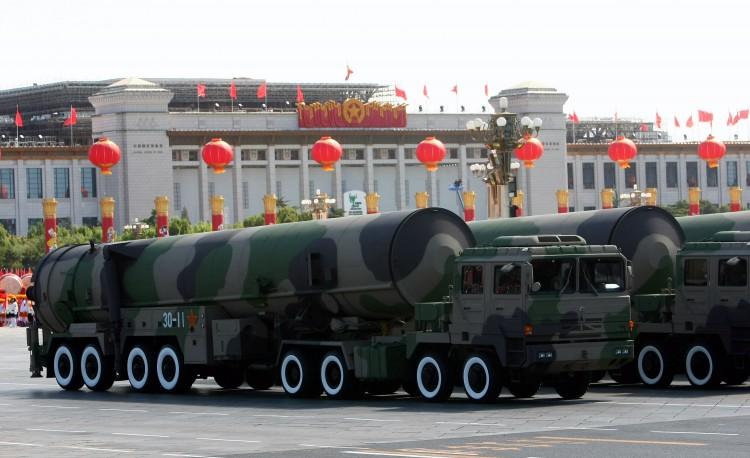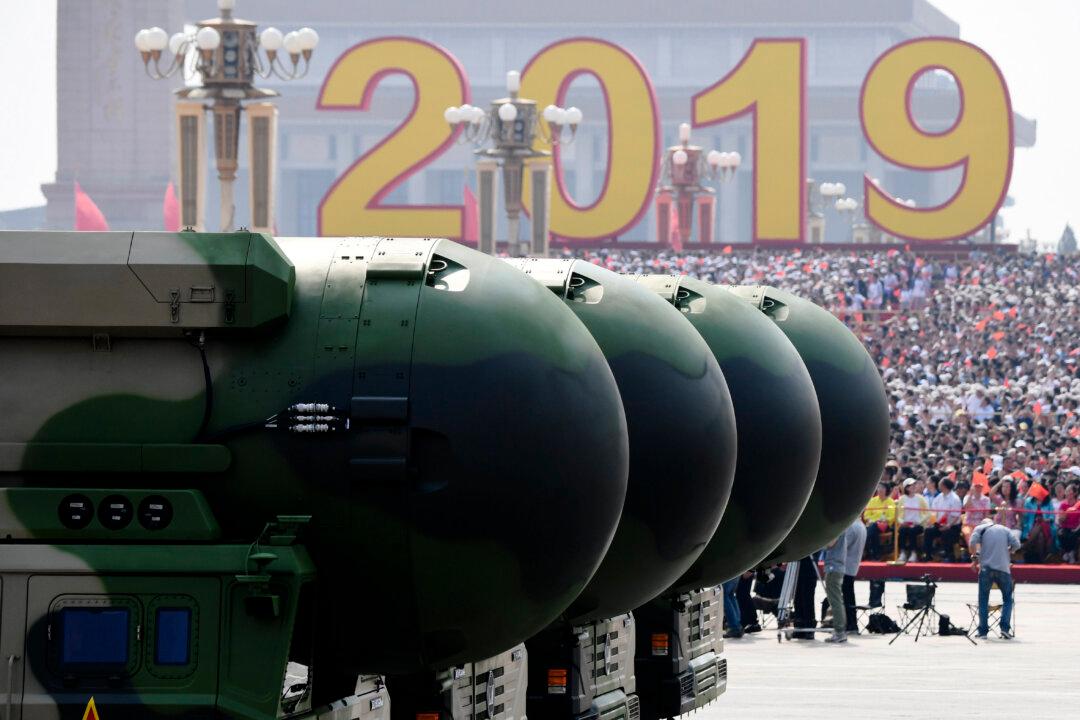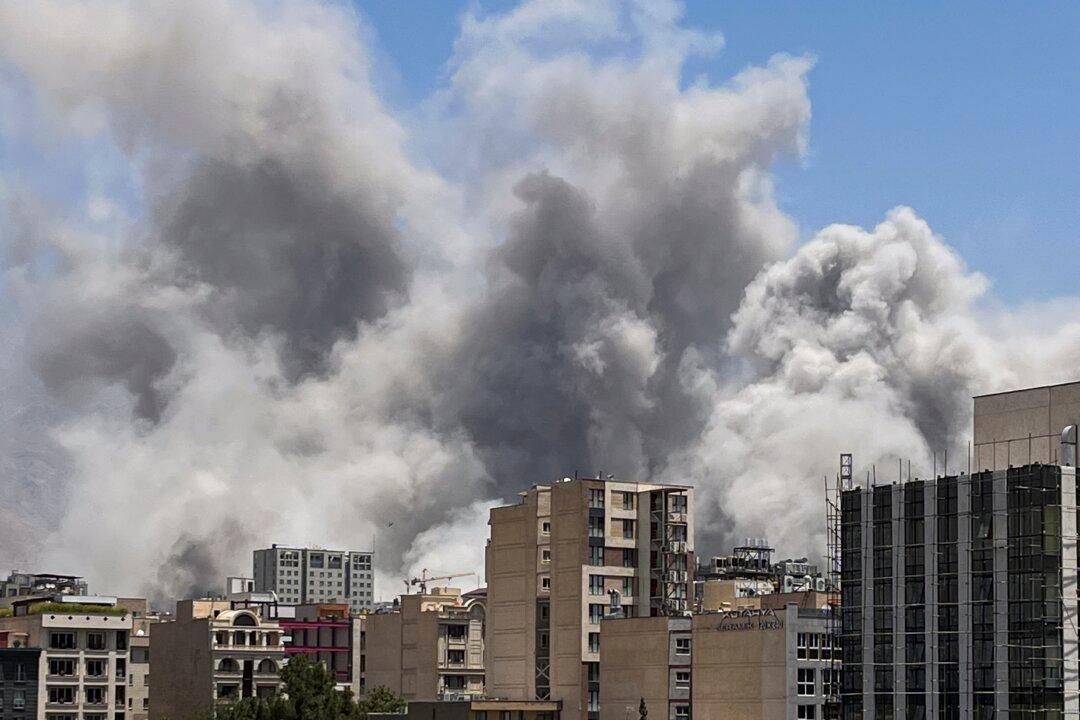Clouds of censorship are gathering over Chinese weather watchers with the Communist regime’s release of new regulations to control weather forecasting.
The “Meteorological Forecasting and Propagation Management Law,” which went into effect on May 1, makes it illegal for any nonofficial organization or individual to report the weather. Violators face fines of up to 50,000 yuan (about $8,000).
Many young Chinese check the weather using phone apps or on social media such as Sina Weibo, where they can get third-party information.
A man surnamed Zhou told the Chinese newspaper Modern Express that people of his generation distrust official weather reporting. “This new law makes the National Meteorological Center look unconfident,” he said.



